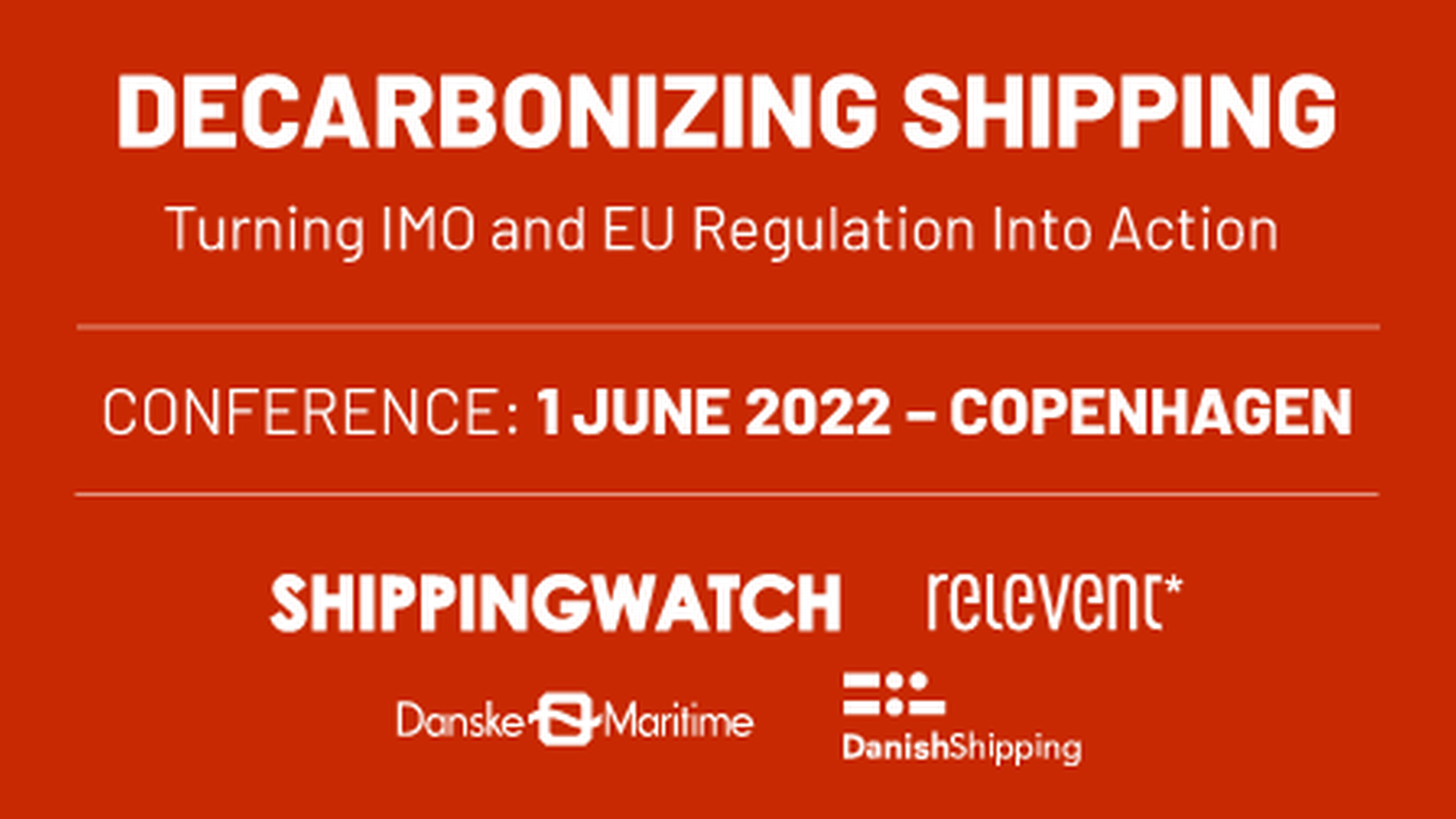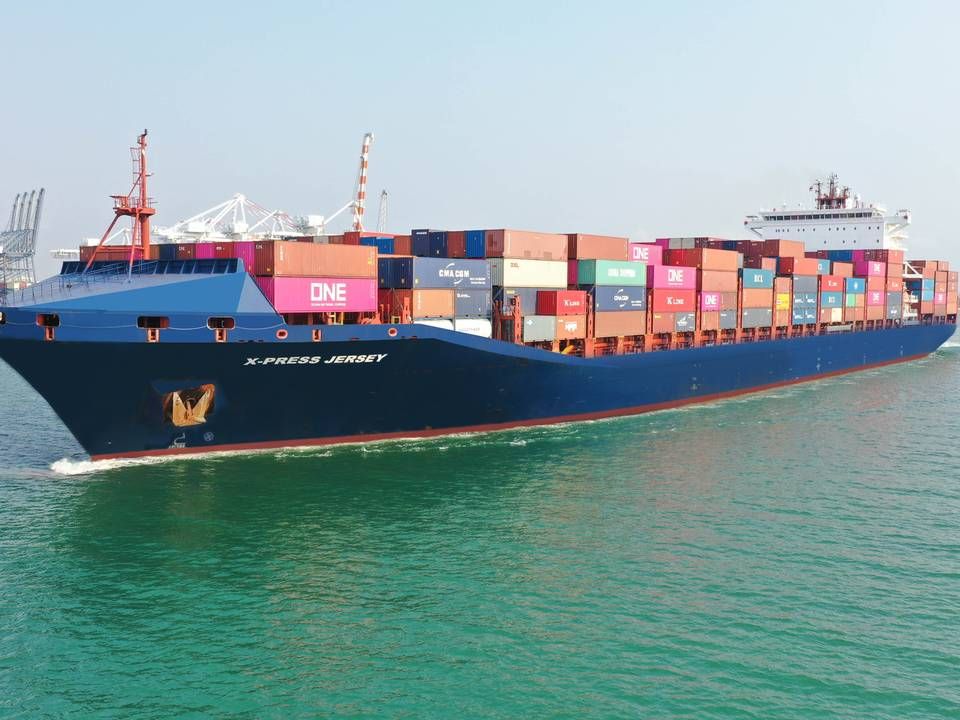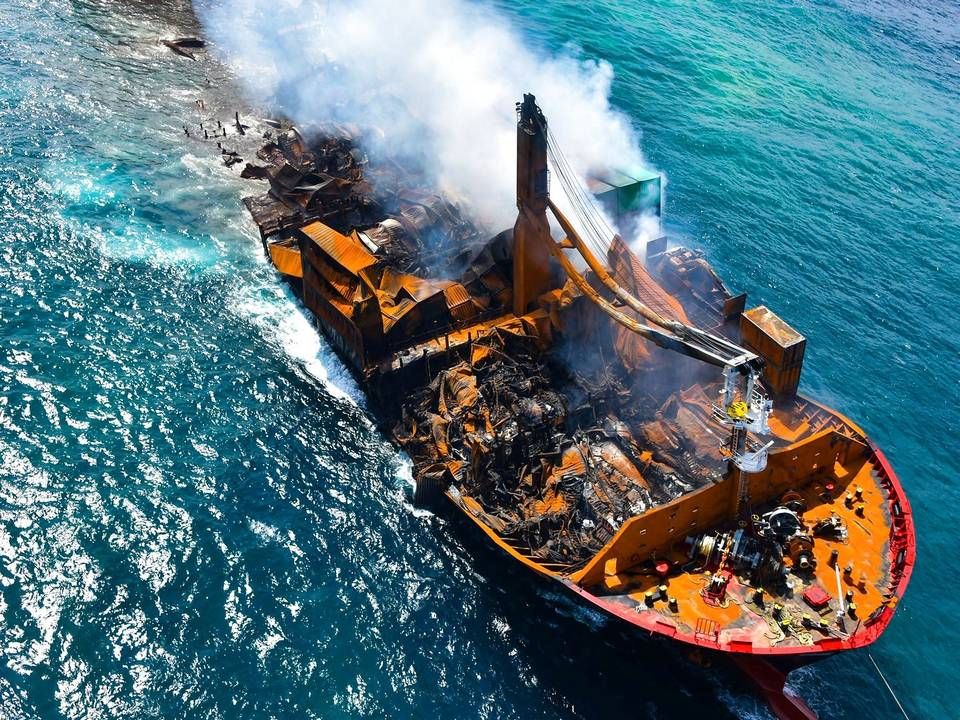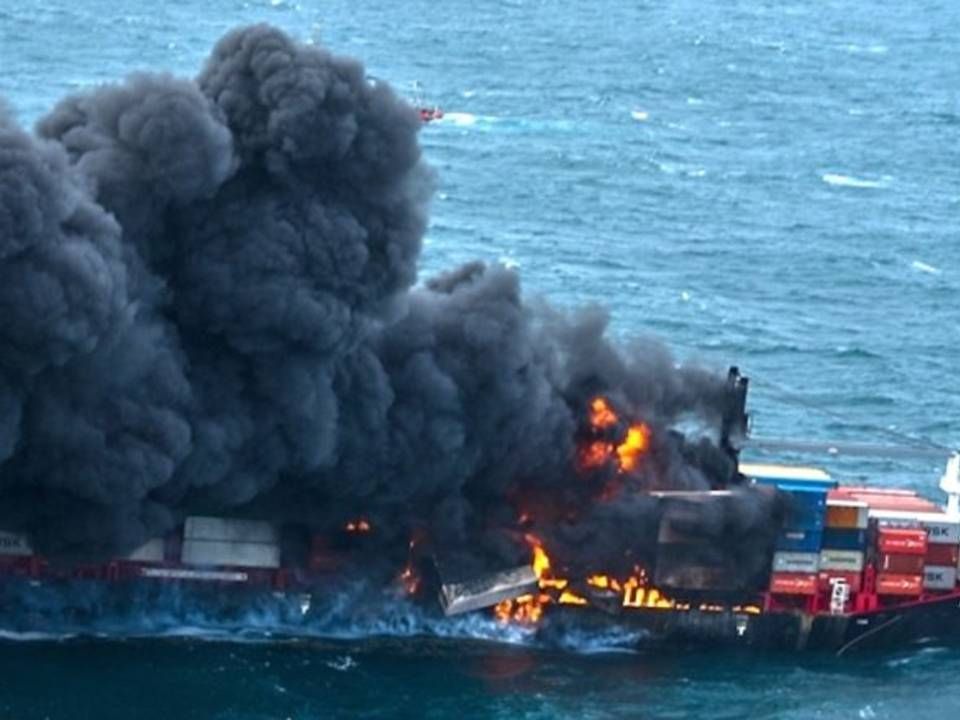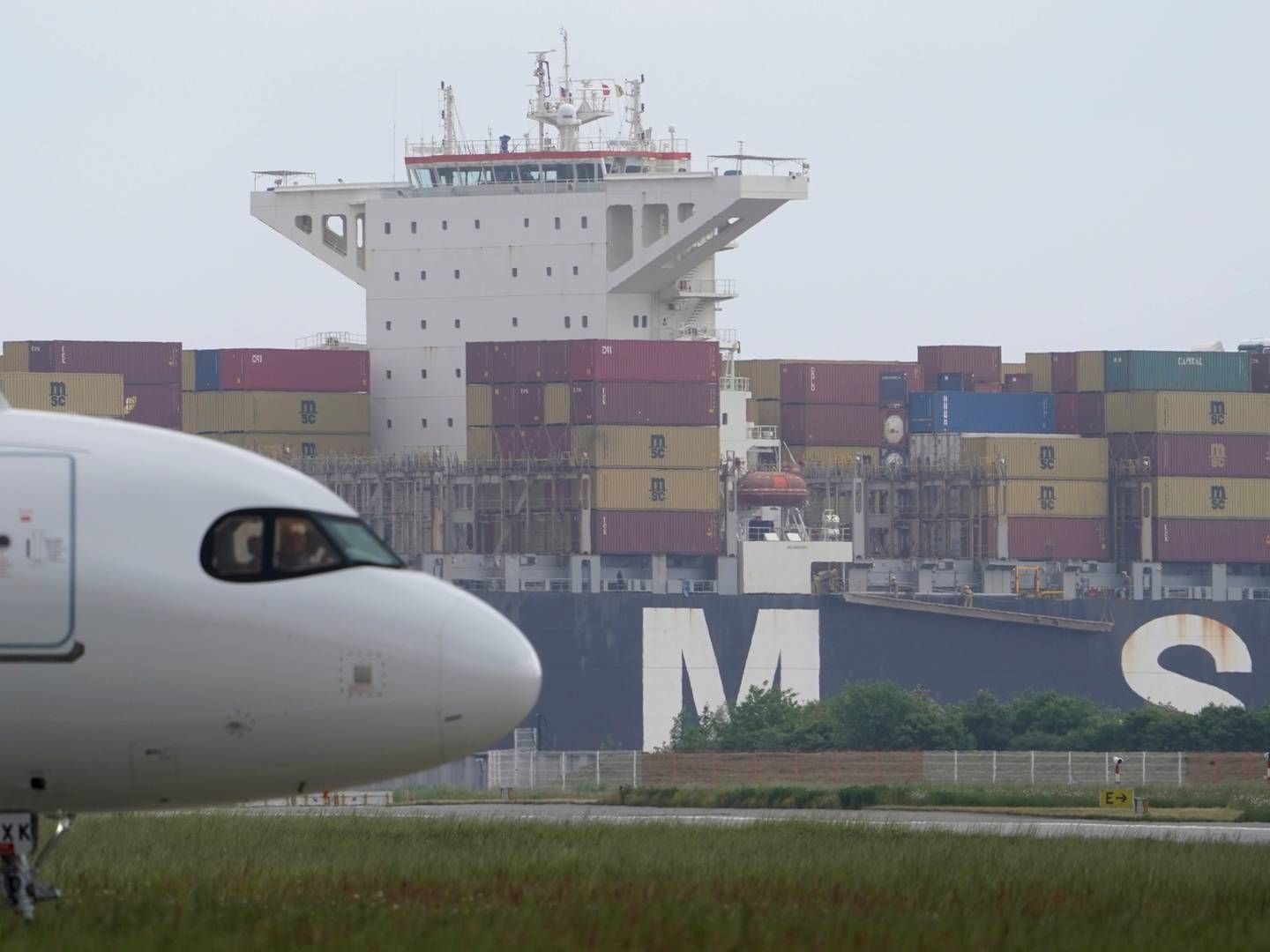Costs have become the single most severe challenge for X-Press Feeders
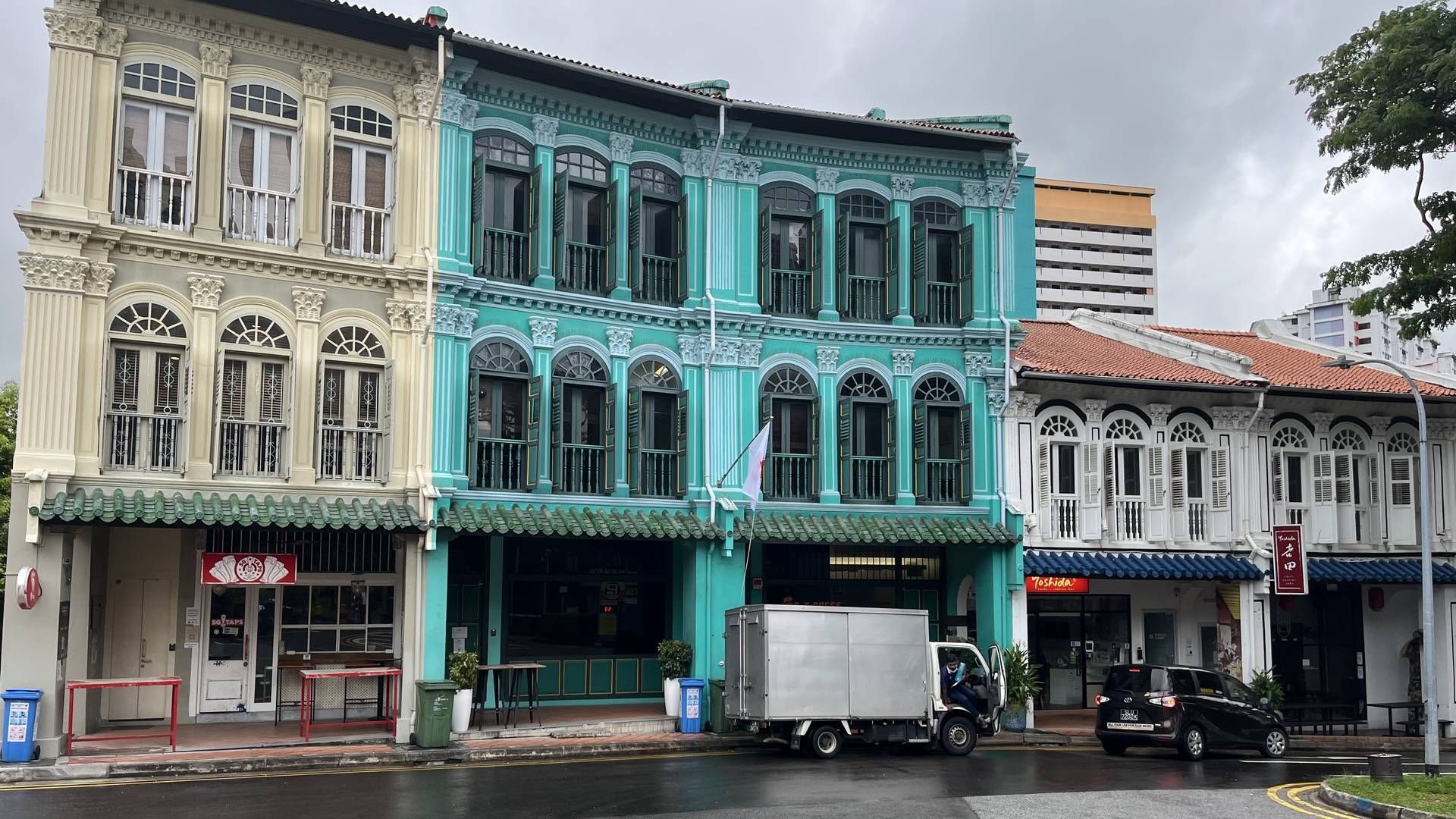
SINGAPORE
While container rates have gone through the roof during the Covid-19 pandemic and provided container lines with historic profits, industry costs have risen sharply, too.
That includes the contract price which suppliers of feeder services have paid to charter tonnage from owners, an example of which could be the daily rates of a typical 1,700-teu vessel. Before the pandemic, daily rates stood at approximately USD 10,000 for a very flexible period. Today, the day rates hover around USD 40,000 for a 36-month period.
Add to that the recent increase in bunker prices, and you get the picture of X-Press Feeders’ probably single most severe challenge, namely record-high charter expenses and the overhanging risks in the long charter periods.
“Rising costs have become a daily challenge. Compared with two years ago, they are five, about four times higher today,” explains Chief Operating Officer Francis Goh to ShippingWatch at X-Press Feeders’ picturesque headquarters in Singapore’s Chinatown.
Efficiency is crucial
“Right now, with the recent increase in fuel prices, it is even more critical that we deploy our vessels in the most optimal way, as the cost of inefficiencies has gone up significantly.”
Almost 90 percent of X-Press Feeders’ operated fleet totaling 120 ships are deployed for the mainline carriers, which undoubtedly will have to pay their share of growing costs. Apart from that, X-Press Feeders works to improve the efficiency of its fleet, half of which are owned vessels.
Recently, the privately held carrier entered into a newbuild agreement on eight new feeder ships which will be prepared to sail on – green – methanol. The decision was partly made to address an interest among customers, the major carriers, which see the advantage of green sailings through the entire supply chain.
But it is also an attempt to curb costs as savings from the new fleet are high, Goh explains.
“Today, half of all vessels of 1,600 teu and below are more than 15 years old. Efficiency gains from the new vessels can be up to 40 percent because of the new design and lower fuel consumption alone,” he says and continues:
“The new dual-fueled ships can cut significant amounts of CO2 emissions, so we started to engage customers to understand their requirements as they in turn receive interest from the shippers. To fuel vessels with green methanol, you need to find the right suppliers at the right supply locations, and we are discussing this with various stakeholders.”
Low productivity a dark horse
Also, low productivity remains a dark horse as approximately 20 percent of vessel capacity are absorbed by congestion and lying idle, waiting to enter a port or to unload cargo. And, for the time being, there is nothing to indicate that the red-hot market should fall off the edge, according to Goh.
Costs will probably continue to go up together with the rising inflation, as a number of delegates at shipping profiles have pointed out during last weeks’ Singapore Maritime Week.
For X-Press Feeders, this means that monitoring expenses and managing risks are vital disciplines going forward to stay ahead of the curve compared with its peers.
Among these are, above all, Danish carrier Unifeeder, owned by DP World, which initiated a series of investments in non-port assets prior to the pandemic.
When ShippingWatch interviewed Goh in February 2020 regarding his view that the rich Arabic ports and terminals company had entered the feeder industry, he was rather calm.
And he remains calm today, saying that the market and most of all the set-up and networks run by X-Press and Unifeeder are not far from where they were two years ago.
Historic boost from Covid
On par with the global mainline carriers, the two feeder companies started to cut costs in the beginning of the pandemic in 2020 just to realize after half a year that Covid would boost revenues in the container industry historically.
So, ever since, it has more been a matter of keeping up the pace and delivering to the customers, who have been aggressively willing to pay higher prices just to hire a vessel.
“2021 was a very busy year, as we increased our operated capacity to match the demand growth for feeder services and ship space,” says Goh and concludes:
“I don’t see huge changes overnight in the supply situation. Perhaps not until 2024, when we will see the inflow of new ships. And I do not see changes overnight, either, in the demand situation. Perhaps a correction, but it will not be sharp.”
X-Press Feeders has its main presence in the feeder networks spanning Asia, Middle East, Africa, Europe and the Americas.
X-Press Feeders orders eight methanol-powered container vessels
X-Press Feeders makes initial payment to Sri Lanka in compensation case
Related articles
Explosion worsens fire aboard newly built container ship
For subscribers

